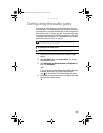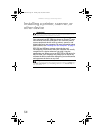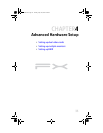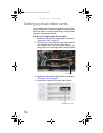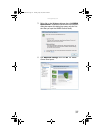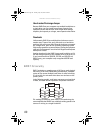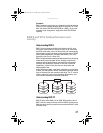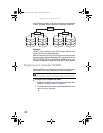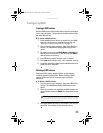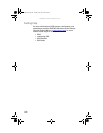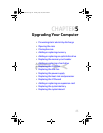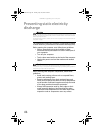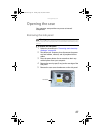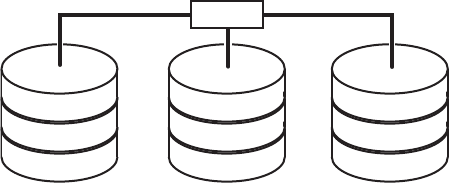
www.gateway.com
41
Drawback
RAID 1 treats the entire array as a single drive with the storage
capacity of the smallest physical drive in the array. So if you
have two drives (300 GB and 250 GB) in a RAID 1 array, your
computer only recognizes a single drive with 250 GB total
capacity.
RAID 5 and 10 for both performance and
security
Understanding RAID 5
RAID5 uses striping (at the file level) with on-the-fly error
correction across all drives. Because of this error correction,
small file read/write errors can be quickly and automatically
fixed without a significant drop in system performance. RAID 5
offers good performance and data redundancy. This array
preserves your files if a drive fails.
RAID 5 stripes both data and parity information (error-checking
information) across multiple drives. Striping across drives
improves overall performance, and the parity information
provides data protection. Because of the error-correction
capabilities, if a drive fails, the data can be quickly and
automatically fixed.
In the following graphic, each letter represents a unique block
of data, and the number next to each letter represents which
copy of the data files are stored on that drive. The “P” next to
a letter represents parity (error-checking) information, and
each column represents a separate hard drive.
Understanding RAID 10
RAID 10 (also called RAID 1+0 or RAID 1&0) contains sets of
RAID 1 mirrors acting as drives within a RAID 0 striping array.
With this setup, the array could survive one drive failure in each
mirrored array.
A1
B1
CP
A2
BP
C1
AP
B2
C2
RAID 5
8513162.book Page 41 Tuesday, May 20, 2008 4:09 PM



